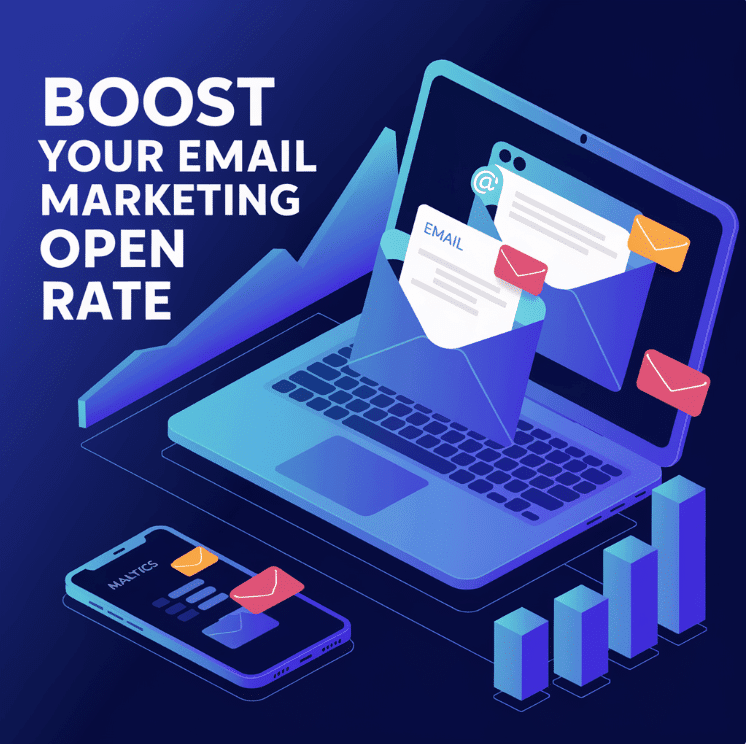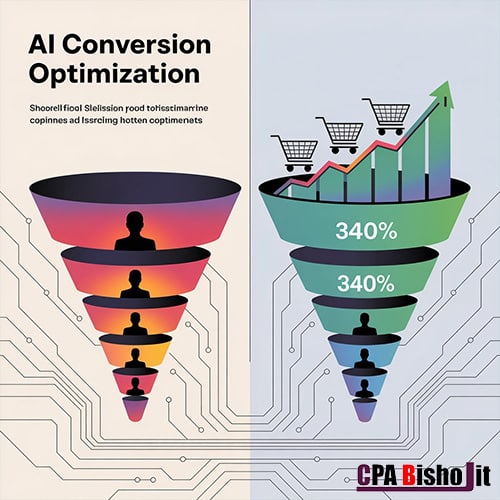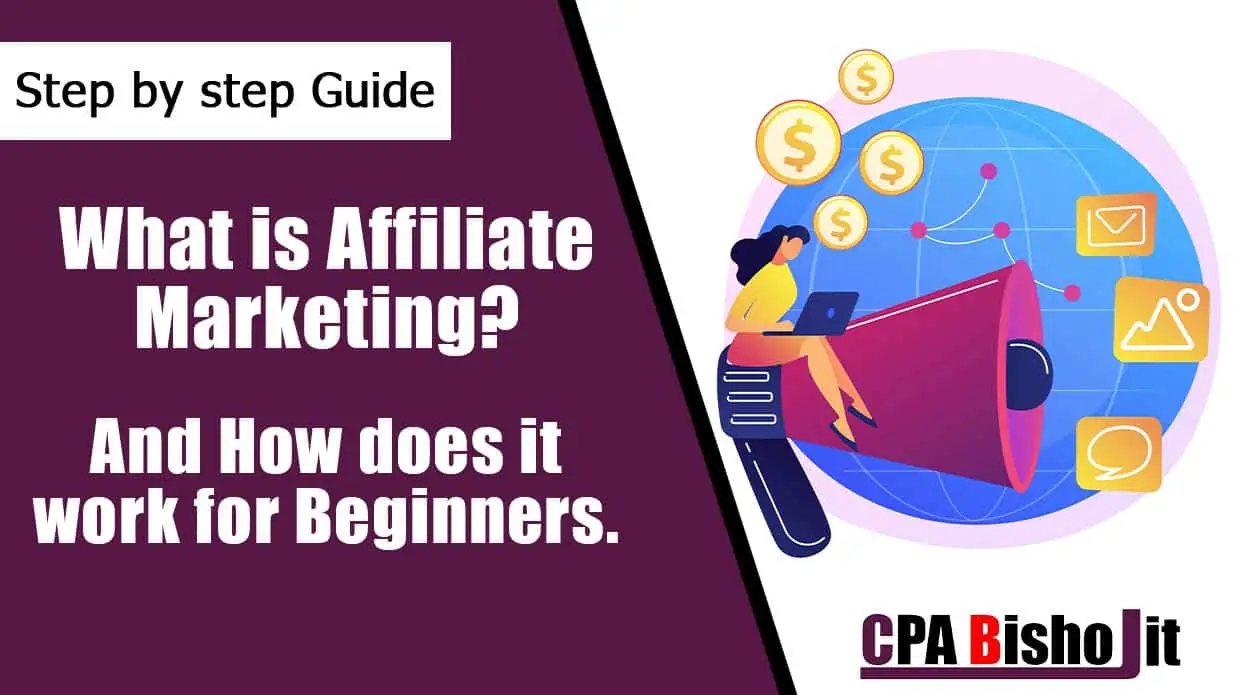What Is Acquisition Marketing? Tips for Effective Customer Growth in 2024

Have you ever wondered how some businesses keep growing with a steady stream of new customers? The secret sauce is often something called acquisition marketing. Imagine having a magnet that attracts people to your store or website—not just any people, but those likely to become buyers.
This guide isn’t just about getting noticed and turning curious onlookers into happy, paying customers. Why is this so important, and how can you do it effectively? Let’s dive into some intelligent strategies to help your business thrive in a busy world.
What Is Acquisition Marketing?
Acquisition marketing is all about finding new people who might want to buy what you’re selling and getting them to make a purchase. It’s a focused approach that targets individuals who are already slightly interested in what you have to offer and might need that extra nudge to become customers.
Think of it like fishing in a spot where you know plenty of fish. You use your best bait—your marketing strategies—to catch them. This could be anything from online ads and social media posts to emails directly reaching potential buyers.
Why Acquisition Marketing Matters in Modern Business
In a world where new businesses pop up daily, and everyone is shouting for attention, getting new customers is more challenging than ever. That’s where acquisition marketing comes in. It’s not just about making noise; it’s about making the proper noise that attracts people to your business.
For example, did you know that acquiring a new customer can cost five times more than keeping an existing one?
That’s why it’s crucial to reach out to new people and do it smartly and efficiently. With a good acquisition marketing strategy, you can dramatically lower these costs by targeting only those most likely to be interested in what you have to offer.
This strategy is vital because it fills your sales funnel with potential leads that you can turn into sales, helping your business not just survive but also grow and thrive in today’s competitive market.
Key Strategies in Acquisition Marketing
To make acquisition marketing work for you, you must use clever strategies that catch and hold attention, guiding potential customers to choose your business over others.
Leveraging Digital Platforms
In today’s digital age, you’re invisible if you’re not online. Digital platforms like social media, search engines, and online ads are like the town squares of old—places where people gather, talk, and, more importantly, shop.
Using these platforms smartly can put your products right before those needing them. For instance, using targeted ads on Facebook or Instagram can help you reach specific groups of people based on what they like, where they live, or other actions they take online.
Content Creation and Management
Content is king, as they say, and for good reason. Creating helpful, interesting, and engaging content attracts people naturally. Whether it’s blog posts that answer common questions or videos that show off your products in action, good content draws people in. But it’s not just about making it; managing it is just as important.
You need to ensure your content is fresh, up-to-date, and always speaking to the interests of your potential customers. This can establish your brand as a trusted authority in your field, making people more likely to buy from you.
Email Marketing Techniques
Email might seem old school, but it’s one of the most potent tools in acquisition marketing. It lets you reach right into someone’s inbox to deliver personalized messages that can convert prospects into customers.
The trick is to make your emails informative, helpful, and engaging—no one likes a spammer. Tools like automated email campaigns can help you send the right message at the right time, like a welcome discount when someone signs up or a helpful tip related to something they viewed on your website.
Enhancing Your Acquisition Efforts
To really boost your acquisition marketing, you need to refine and expand your tactics. It’s not just about reaching out; it’s about reaching out in the right ways and places. Here’s how you can enhance your efforts to grab attention and keep it.
Understanding and Targeting Your Audience
Knowing who you’re talking to is the first step in any successful marketing campaign. Imagine you’re having a conversation. You wouldn’t speak to a teenager like you’d talk to your grandma, right? The same goes for marketing.
By understanding who your audience is—what they like, what they need, what worries them—you can craft messages that genuinely speak to them. This isn’t just about guessing. Use tools like surveys, social media interactions, and customer feedback to get to know your audience. Then, tailor your marketing to match their expectations and needs.
Diversifying Marketing Channels
Don’t put all your eggs in one basket. You’re missing out if you’re using email or social media. Different people like to hang out in various places. Some might scroll through Instagram, while others might be more likely to read a blog post or watch a YouTube video.
By spreading your efforts across multiple channels, you increase your chances of being seen by the right people. Plus, it protects you. If one channel starts to perform poorly, you have others to rely on. Think of it as a safety net for your marketing strategy.
Partnership and Collaborations
Sometimes, two heads are better than one. Partnering with other businesses or influencers who share your audience can be a powerful way to expand your reach. It’s like getting introduced at a party by a friend who already knows everyone.
Collaborations can be anything from guest blogging on each other’s sites to co-hosting webinars or co-creating a new product. When you collaborate, you combine your strengths and share the load, making reaching more people more effectively easier.
These enhanced efforts can help you meet and exceed your acquisition goals. By understanding your audience, diversifying your channels, and partnering with others, you create a robust, resilient marketing strategy that can adapt and thrive in market conditions.
Measuring Success in Acquisition Marketing
You’ve put in the effort to attract new customers, but how do you know if it’s working? Measuring success is critical to understanding whether your acquisition strategies are paying off. Without tracking your results, you’re just guessing. Here’s how to measure the success of your efforts and make informed decisions to keep improving.
Key Performance Indicators (KPIs) to Track
Tracking the proper metrics is essential to see how well your acquisition marketing performs. These Key Performance Indicators (KPIs) act like signposts, showing you what’s working and needs adjusting.
- Customer Acquisition Cost (CAC): This tells you how much you’re spending to acquire a new customer. The sweet spot is to lower this cost while increasing customer numbers.
- Conversion Rate: How many people are taking the action you want, like purchasing or signing up for your newsletter? A higher conversion rate means your messaging is hitting the mark.
- Customer Lifetime Value (CLV) measures a customer’s revenue over their entire relationship with your business. A higher CLV means you’re getting more long-term value from each customer.
- Return on Investment (ROI): Simply put, are you getting more out of your marketing efforts than you’re putting in? This shows if your marketing efforts are paying off financially.
By monitoring these KPIs, you’ll have a clear picture of whether your strategies are on track or need tweaking.
Tools and Technologies for Tracking Success
Thankfully, you don’t have to track everything manually. There are plenty of tools and technologies designed to make measuring success easier. These tools give you real-time insights into how your campaigns perform so you can adjust.
- Google Analytics: A must-have tool for tracking website traffic and user behavior. It helps you understand where visitors come from and what they do on your site.
- CRM Software (Customer Relationship Management): Platforms like Salesforce or HubSpot help you track interactions with leads and customers, making it easier to manage relationships and see who’s converting.
- Email Marketing Platforms: Tools like Mailchimp or Sendinblue let you track open rates, click-through rates, and conversions so you know exactly how your email campaigns perform.
- Social Media Analytics: Each platform, like Facebook or Instagram, has its own set of analytics that helps you see what content resonates most with your audience.
Case Studies and Success Stories
One of the best ways to understand acquisition marketing works is by looking at real-world examples. Case studies and success stories show how businesses have used intelligent marketing strategies to grow their customer base and thrive.
For instance, Dropbox is an excellent example of an acquisition marketing strategy that has been implemented correctly. When the company first launched, it used a referral program to attract new users. The inviter and the invitee received extra storage space for every friend a user invited to Dropbox.
This simple yet effective strategy helped Dropbox go from a small startup to millions of users in just a few years. The key takeaway is that providing value in exchange for referrals can make your customers do the marketing for you.
Another success story comes from Dollar Shave Club. Their humorous and engaging video ad went viral, quickly capturing the attention of a broad audience. The video wasn’t just funny—it also explained the value of their subscription model in a way that resonated with potential customers. The result? Over 12,000 new orders within the first 48 hours of the video going live.
These examples show how a well-thought-out acquisition strategy can drive significant growth, whether through referral programs or viral content.
Future of Acquisition Marketing
The world of acquisition marketing is constantly evolving. As new technologies and trends emerge, businesses must adapt to stay competitive. So, what does the future hold for acquisition marketing?
- Personalization: In the future, customers will expect more personalized experiences. Marketing efforts must be tailored to individual preferences, buying habits, and browsing history. Tools powered by artificial intelligence (AI) and machine learning will help marketers craft highly targeted messages that feel personal and relevant to each customer.
- Omnichannel Marketing: The lines between online and offline marketing will continue to blur. Businesses will need to create seamless experiences across multiple platforms—social media, email, websites, and even in-store. The key will be ensuring that customers can interact with your brand consistently, no matter where they are.
- Data Privacy and Trust: As consumers become more aware of how their data is used, trust will play a more significant role in acquisition strategies. Businesses that are transparent about collecting and using data and offering secure shopping experiences will build stronger relationships with their customers.
- Voice Search and AI: Voice-activated devices like Amazon’s Alexa and Google Assistant are changing how people search for information and products. Optimizing voice search and integrating AI tools will be crucial in reaching new customers in the future.
- Sustainability: Consumers increasingly seek brands that align with their values, particularly regarding environmental and social issues. Brands prioritizing sustainability and ethical practices will likely stand out and attract more customers.
In short, the future of acquisition marketing will be about personalization, transparency, and adapting to new technologies. Businesses that can keep up with these trends will be well-positioned to attract and retain customers in future years.
Conclusion
Acquisition marketing is the key to attracting new customers and driving business growth. You can turn interested prospects into loyal buyers using strategies like digital platforms, content creation, and targeted emails.
Success comes from knowing your audience, diversifying your efforts, and tracking your progress with the right tools. Examples like Dropbox and Dollar Shave Club show how smart acquisition can yield significant results.
The future of acquisition marketing will focus on personalization, trust, and new technology, helping businesses thrive in a fast-changing world.






